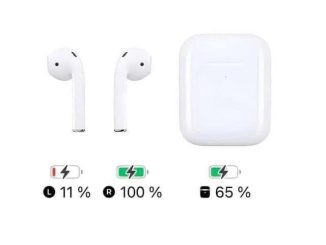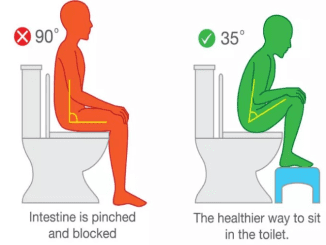In a world full of distractions, sometimes all you need is a quiet moment and a visual puzzle to wake up your brain. Today’s challenge is simple on the surface—find the three differences between two nearly identical images. But don’t let its simplicity fool you. This cartoon-style scene is sneakily designed to test your observation skills and attention to detail.
So here’s the question: Can you spot all 3 differences without peeking at the answer?

Why Puzzles Like This Are Great for Your Brain
These types of “spot-the-difference” puzzles might seem like lighthearted fun, but they actually have real cognitive benefits. They help improve:
- Visual memory
- Focus and concentration
- Pattern recognition
- Problem-solving skills
They also offer a quick break from screen fatigue—just you, the image, and your brain at work.
Common Mistakes People Make When Solving These Puzzles
Before you start circling differences, let’s talk about a few common pitfalls:
- Rushing: Most people give the image a quick scan and assume they’ve seen it all.
- Focusing only on big details: You might overlook small line shifts or color changes.
- Tunnel vision: Sometimes your eyes lock in on one section and ignore the rest.
- Symmetry bias: Your brain wants the images to match, so it fills in missing pieces subconsciously.
Slow down. Observe. And don’t trust your brain too quickly—it’s easily tricked.
Video : 🧠🧩Spot the Difference | Puzzle Games
Let’s Solve It Together: Step-by-Step Walkthrough
Take a good look at both images. At first glance, the man, his cart, and the background seem identical. But upon closer inspection, here are the three exact differences between the two scenes:
1. The Man’s Wristband (Left Arm)
In the left image, the man has a red wristband. In the right image, it’s missing. This is easy to miss because your eyes are drawn to his face and the larger parts of the image like the cart.
2. The Cart’s Middle Load
Look closely at the center of the cart’s stacked items. In the left image, the sacks are uniform and flat. In the right image, one of the green-wrapped items has a red band, which is not present in the original. This is a classic “subtle change in texture” trick that fools many puzzle solvers.
3. The Man’s Sandals
This one catches people off guard. If you look closely at his left foot, the sandal strap in the left image is fully intact, but in the right image, the strap is missing. It’s a small but clever detail designed to test how well you notice changes in shape and outline.

Quick Recap of the 3 Differences (Circled in the Image):
- Missing red wristband on the man’s left wrist
- Added red strap on the cart’s green cargo
- Missing sandal strap on the man’s left foot
Did You Find Them All Without Help?
If so—well done! 🎉 You’ve got excellent observation skills and patience. If you missed one or two, don’t worry. That’s the whole point of visual brain teasers—they remind us that sometimes, the answer is in the details we overlook.
Why These Puzzles Work So Well
Our brains are naturally wired for patterns. When we see two similar images, we assume they’re identical until something jolts that perception. Puzzles like this challenge us to slow down, double-check, and rethink what we “know” is true—a skill that’s useful way beyond the screen.
Encourage Your Friends to Try It Too
These kinds of challenges are even more fun when shared. Post it on social media, send it to a friend, or challenge your coworkers during a coffee break. You’d be surprised how competitive a “find the difference” game can get!
Video : 🧠💪🏻 Spot the Difference Game | Harder Than You Think
Conclusion: Train Your Brain While Having Fun
Finding three small differences in a cartoon might not change the world, but it might change how you look at the world. It teaches you to see more, notice more, and think more critically—even in the smallest details.
So next time you see a puzzle like this, don’t just scroll past. Take a moment. Observe. Think. And if you’re feeling generous, drop your answers in the comments and see who else can keep up.
Because sometimes, it’s the tiniest changes that are the trickiest to spot—and the most satisfying to solve.


